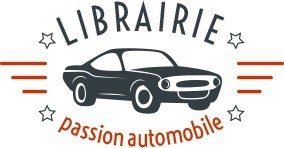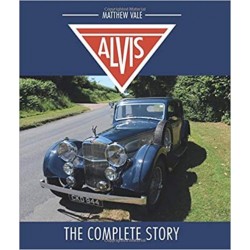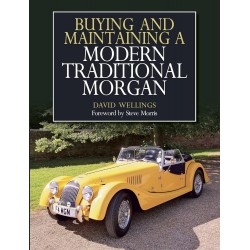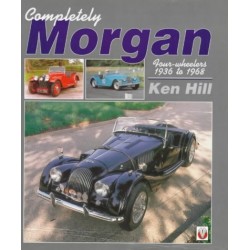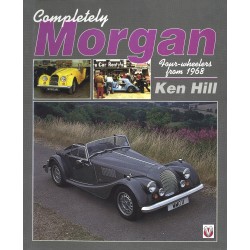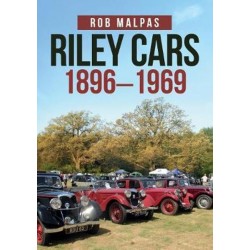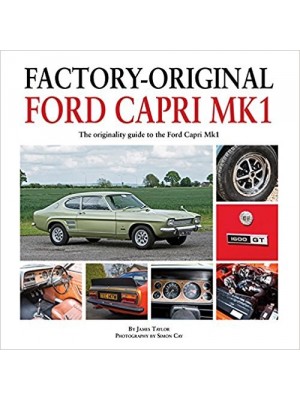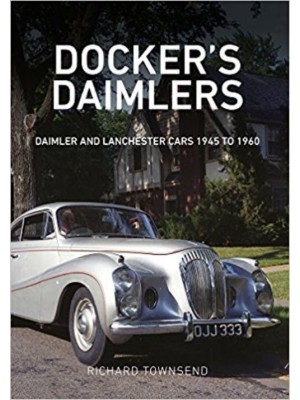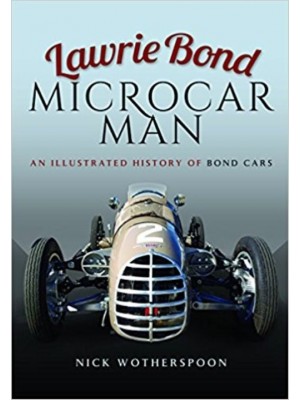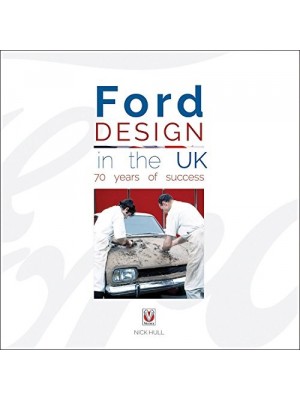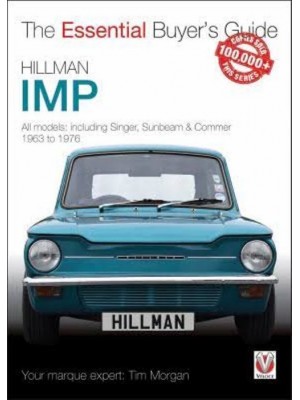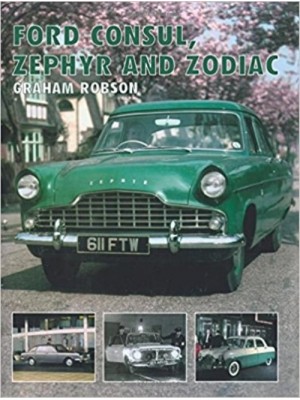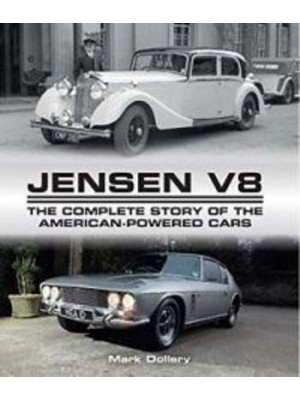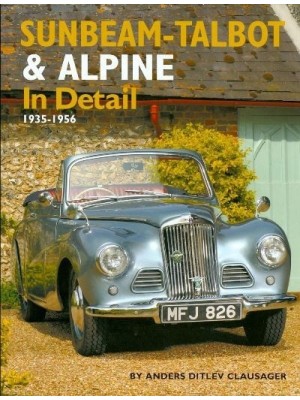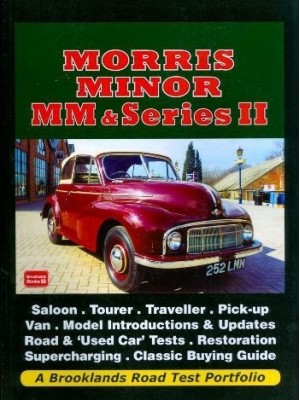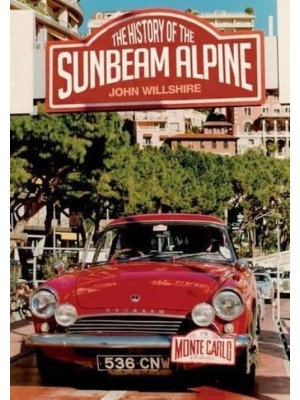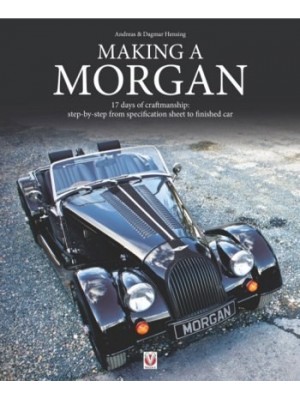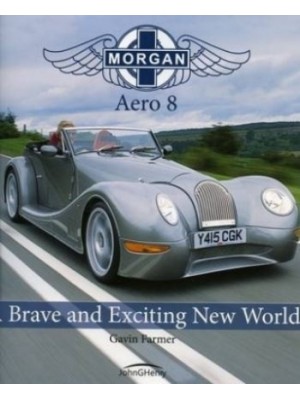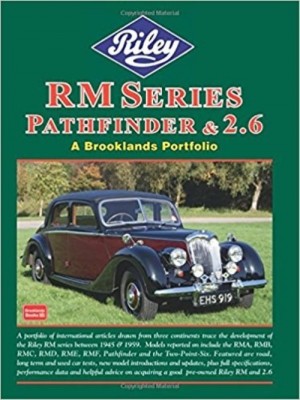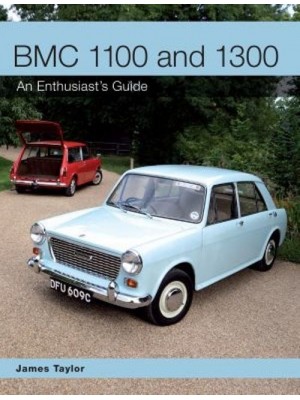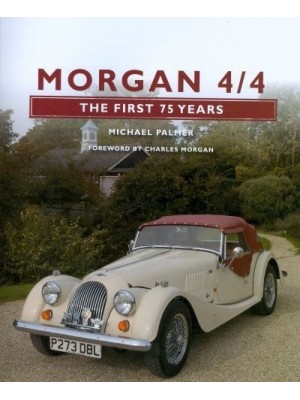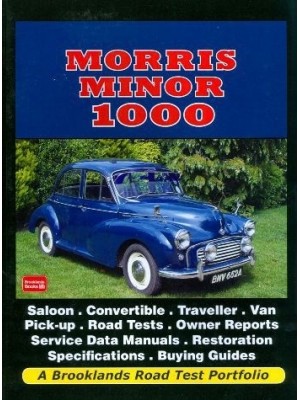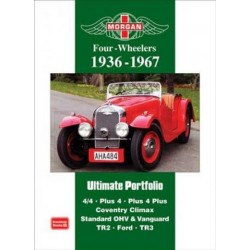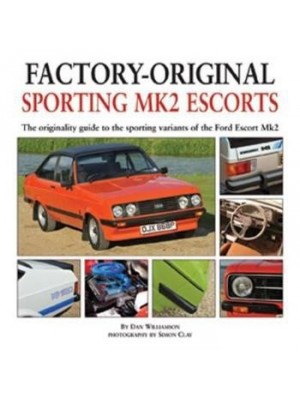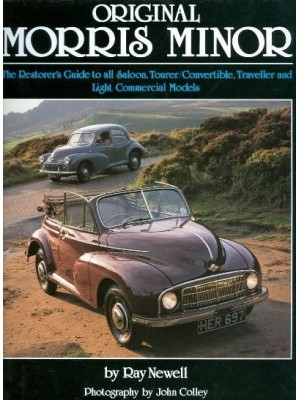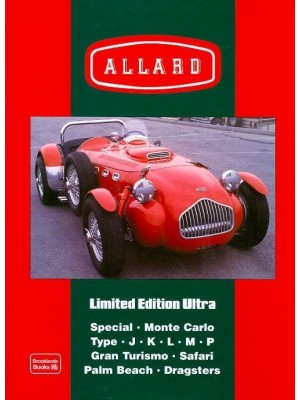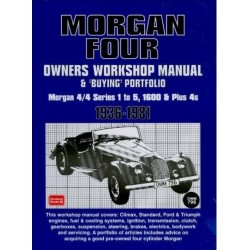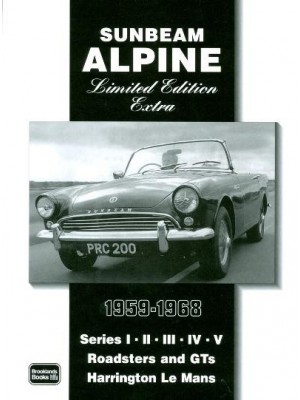Aucun produit
Librairie passion Automobile, 83 rue de Rennes, 75006 Paris (Métro, stations Rennes ou Saint-Sulpice) 01 45 48 15 14
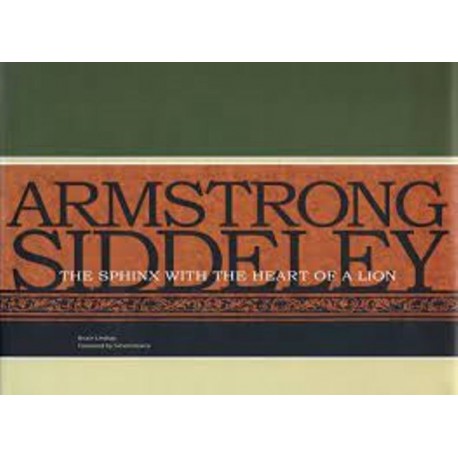 Agrandir l'image
Agrandir l'image
ARMSTRONG SIDDELEY THE SPHINX WITH THE HEART OF A LION
Référence 1G_1956
Dernier exemplaire disponible
Fiche technique
| EAN13 | 9780646527239 |
| Langue | Anglais |
| Auteur(s) | Bruce Lindsay |
| Date de parution | 2010 |
| Nombre de pages | 227 |
| Format | 24 x 30 |
En savoir plus
This entirely new book on Armstrong Siddeley follows the same format as this author’s previous title, LANCIA – 70 Years of Trailblazing. Every production model is introduced using contemporary reports, road tests and factory data, and is supported by data panels offering technical specifications, production numbers and basic performance data. Unique amongst books on this marque, illustrations comprise only original images of the cars when new, sourced from factory sales brochures, press photos, period photographs and illustrated advertisements.
The book is printed in full colour throughout, and contains a CD of downloadable images of Armstrong Siddeley sales catalogues from 1920 to 1960. The book comprises 272 pages printed on heavyweight art paper, is hard-bound, and is presented in a strong slipcase. Only 1000 copies will be printed, ensuring that it will remain a valued addition to any motoring library.
REVIEW OF ARMSTRONG SIDDELEY – THE SPHINX WITH THE HEART OF A LION by BRUCE LINDSAY
This, the second of Bruce Lindsay’s books published in this form will, undoubtedly, be as well-received as was his first, Lancia – 70 Years of Trailblazing.
The author has not set out to write an encyclopaedia on the marque. His approach, as with the Lancia book, has been to utilise the company’s brochure advertising of the day, thereby giving a full and accurate picture of the many products marketed by them. By this means he has brought every car before the reader’s gaze. Together with these evocative portraits he has assembled an equally delightful collection of contemporary black-and-white photographs which serve to set the cars within their period. The book is arranged with a chapter heading for each model, with a text which serves to set the scene for what is to follow, and concludes with specifications and relevant production data.
No stone has been left unturned in his diligent search to place before the reader every product Armstrong Siddeley ever made. I’ll wager that Lindsay’s airing of the stationary engines is their first exposure since they were marketed!
The coloured artwork of the material shows the cars in their original livery. As well as being a delight to look at, the brochures present a feast of information for enthusiasts and restorers. They provide the opportunity to examine the plethora of incidental items such as spare wheel mountings, interior walnut fittings, instruments and so on. For a restorer, the original coachwork colour schemes are a most important feature. For example, the Four-Light Saloon of the 1930s was only available in blue, green, grey and black (so don’t restore it in maroon!) but importantly, the full-colour picture shows the colour-contrasted wheels.
But this is a book not only for Armstrong Siddeley people. On browsing through the pages, one will immediately discern its appeal for all who admire cars of the period the book embraces; 1919-1960. Examples of coachwork by firms other than Armstrong Siddeley include such well-known names as Tickford, Van de Plas and Mulliners, but there are also lesser-known names of Hoval, Holbrook and Maltby. There were a few European coachbuilders whose work appeared on the marque’s underpinnings; Graber, Michelotti and a particularly nice fixed-head coupé built by Ghia are all featured. In a rarer category were the Australian coachbuilders such as Ruskin, Creswell and the Melbourne Motor Body Co. These have been scarcely recorded in the past and will be entirely new information for overseas readers.
It is good to see the little Stoneleigh light car – Armstrong Siddeley’s venture into the cheap car range – given its own chapter. So often the Stoneleigh is looked upon as an idea best forgotten. Lindsay tells us that the car “was widely derided by factory workers… and Siddeley known as ‘the man who made walking a pleasure’”. This surely relates to the Trojan slogan of “It’s cheaper than walking”.
Of great significance to me is the photograph on page 202. This is a double page treatment of the Southern Motors stand in the old Wayville Motor Pavilion at the Royal Adelaide Show. As a schoolboy visiting the stand at that time, I was excited by the Armstrong Siddeleys on display, but what most took my fancy was the utility coupé, a fascination I must confess that is still with me to this day.
Attached to the book’s inside back cover is an invaluable resource – a CD which provides images of Armstrong Siddeley promotional material from 1920 to 1960.
Bruce Lindsay’s book will readily find a home on any true motor enthusiast’s bookshelf. It is a book not only of high quality, but more importantly his treatment brings into play a new dimension on the Armstrong Siddeley story. It will bring a wide audience to an often overlooked marque which is “the sphinx with the heart of a lion”.
Highly recommended.
Ian Smith
Librarian, Sporting Car Club of South Australia Inc.
30 autres produits dans la même catégorie :
